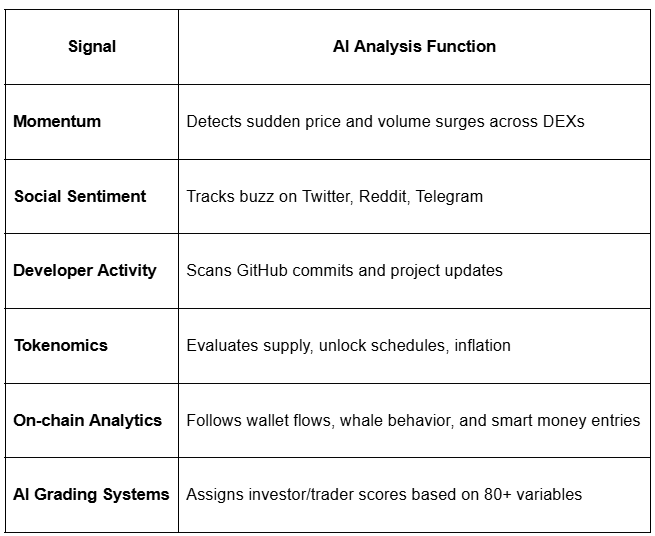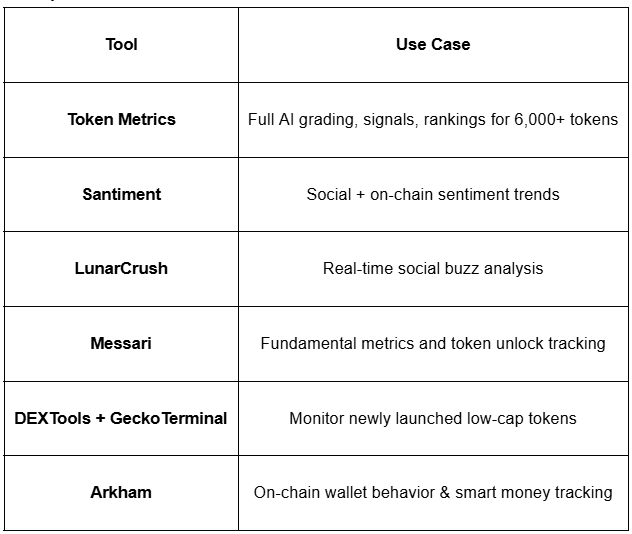Why Is Web3 User Experience Still Lagging Behind Web2?

Introduction to Web3 UX
The evolution from Web2 to Web3 marks a significant paradigm shift in how we interact with digital services. While Web2 platforms have delivered intuitive and seamless user experiences, Web3—the decentralized internet leveraging blockchain technology—still faces considerable user experience (UX) challenges. This article explores the reasons behind the comparatively poor UX in Web3 and the technical, design, and infrastructural hurdles contributing to this gap.
Contextual Understanding: Web2 vs Web3
Web2 represents the current mainstream internet experience characterized by centralized servers, interactive social platforms, and streamlined services. Its UX benefits from consistent standards, mature design patterns, and direct control over data.
In contrast, Web3 aims at decentralization, enabling peer-to-peer interactions through blockchain protocols, decentralized applications (dApps), and user-owned data ecosystems. While promising increased privacy and autonomy, Web3 inherently introduces complexity in UX design.
Technical Complexities Affecting Web3 UX
Several intrinsic technical barriers impact the Web3 user experience:
- Decentralization and Interoperability: Decentralized networks operate without centralized control, making transaction speed and reliability variable compared to Web2's central servers.
- Blockchain Transaction Latency: Block confirmation times, network congestion, and gas fees create delays and unpredictability in user interactions.
- Wallet and Key Management: Users must manage private keys and wallets, which can be confusing and risky for non-technical audiences.
- User Onboarding Frictions: Requirements like acquiring cryptocurrency tokens for transaction fees create an additional barrier unique to Web3.
Design and Usability Issues in Web3
The nascent nature of Web3 results in inconsistent and sometimes opaque design standards:
- Complex Terminology and Concepts: Terms like gas, smart contracts, staking, and cryptographic signatures are unfamiliar to average users.
- Poorly Standardized UI Components: Unlike Web2, where UI/UX libraries and guidelines are well-established, Web3 lacks uniform design principles, leading to fragmented experiences.
- Minimal User Feedback: Web3 apps sometimes provide limited real-time feedback during transactions, causing uncertainty.
- Security and Trust Indicators: The responsibility to confirm transaction legitimacy often falls on users, which can be overwhelming.
Ecosystem Maturity and Resource Constraints
Web2 giants have invested billions over decades fostering developer communities, design systems, and customer support infrastructure. In contrast, Web3 is still an emerging ecosystem characterized by:
- Smaller Development Teams: Many dApps are developed by startups or hobbyists with limited UX expertise or resources.
- Rapidly Evolving Protocols: Frequent changes impact stability and user familiarity.
- Limited Educational Resources: Users often lack accessible tutorials and support channels.
Such factors contribute to a user experience that feels fragmented and inaccessible to mainstream audiences.
Leveraging AI and Analytics to Improve Web3 UX
Emerging tools powered by artificial intelligence and data analytics can help mitigate some UX challenges in Web3 by:
- Analyzing User Interaction Data: Identifying pain points and optimizing workflows in dApps.
- Automated Risk Assessment: Platforms like Token Metrics offer AI-driven analysis to help users understand token metrics and project fundamentals, supporting better-informed user decisions without direct financial advice.
- Personalized User Guidance: Contextual prompts and chatbot assistants could help users navigate complex steps.
Integrating such AI-driven research and analytic tools enables developers and users to progressively enhance Web3 usability.
Practical Tips for Users and Developers
For users trying to adapt to Web3 environments, the following tips may help:
- Engage with Educational Content: Prioritize learning foundational blockchain concepts to reduce confusion.
- Use Trusted Tools: Platforms providing in-depth analytics and ratings, such as Token Metrics, can offer valuable insights into projects.
- Start with Simple dApps: Experiment with established, user-friendly applications before engaging in more complex services.
For developers, focusing on the following can improve UX outcomes:
- Adopt Consistent UI/UX Patterns: Align interfaces with familiar Web2 standards where possible to flatten the learning curve.
- Enhance Feedback and Transparency: Clearly communicate transaction statuses and risks.
- Streamline Onboarding: Reduce or abstract away wallet configurations and gas fee complexities.
- Prioritize Accessibility: Make interfaces usable for non-technical and diverse user groups.
Conclusion: Web3 UX Future Outlook
The current disparity between Web3 and Web2 user experience primarily stems from decentralization complexities, immature design ecosystems, and educational gaps. However, ongoing innovation in AI-driven analytics, comprehensive rating platforms like Token Metrics, and community-driven UX improvements are promising. Over time, these efforts could bridge the UX divide to make Web3 more accessible and user-friendly for mainstream adoption.
Disclaimer
This article is for educational and informational purposes only and does not constitute financial advice or an endorsement. Users should conduct their own research and consider risks before engaging in any blockchain or cryptocurrency activities.
Create Your Free Token Metrics Account

.png)




%201.svg)
%201.svg)


%201.svg)














.svg)




.png)